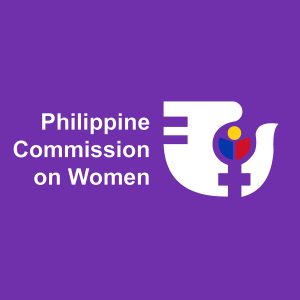
This study shows empirically that gender inequality and income inequality are strongly interlinked, even after controlling for standard drivers of income inequality. The study analyzes gender inequality by using and extending the United Nation’s Gender Inequality Index (GII) to cover two decades for almost 140 countries,. The main finding is that an increase in the GII from perfect gender equality to perfect inequality is associated with an almost 10 points higher net Gini coefficient. For advanced countries, with higher gender equity in opportunities, income inequality arises mainly through gender gaps in economic participation. For emerging market and developing countries, inequality of opportunity, in particular in education and health, appear to pose larger obstacles to income equality.
| Asset Type: | Publications |
| Collection: | Other Philippine Publications |
| Subject: | Education, Gender, Gender inequality, Income inequality, Labor, Labor force participation, National accounts, East Africa, Female labor force participation, Gender earnings gap, Gender equity, Higher-income household, Household income, IMF staff estimate, Income, Income share, Middle East, North Africa, SDN, South Asia, Sub-Saharan Africa, Tackling income inequality, Women |
| Author: | Christian Gonzales, Sonali Jain-Chandra, Kalpana Kochhar, Monique Newiak, Tlek Zeinullayev |
| Publisher: | International Monetary Fund |
| Publication Date: | 2015 |

